Europe’s most incredible natural wonders
Spectacular scenes you have to see
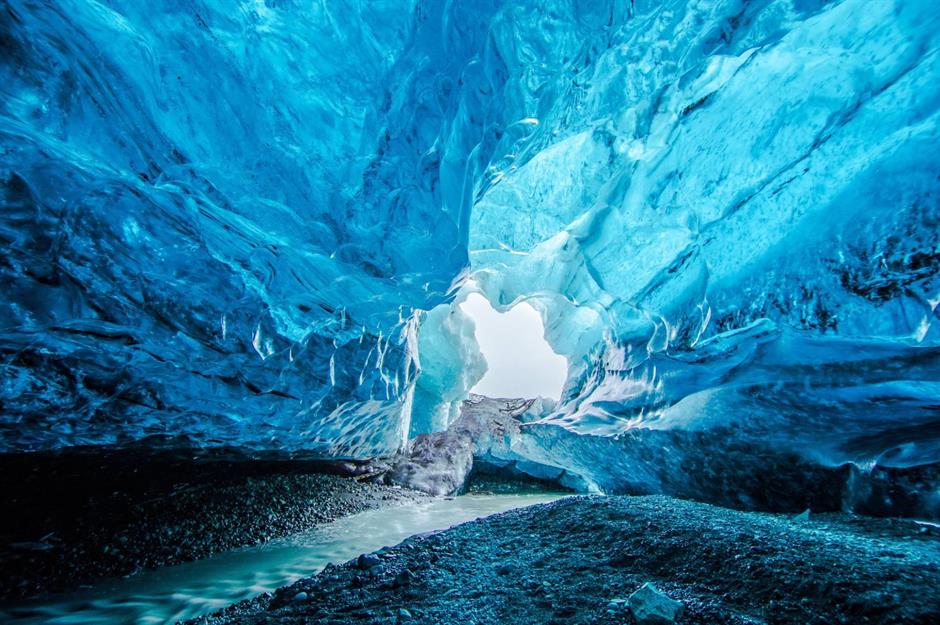
In need of some wanderlust? Worry not. We’ve got you covered with our ranking of Europe’s most jaw-dropping natural wonders. The order is all based on the opinions of our well-travelled editorial team, who are aware that you might disagree with them. From spine-chillingly beautiful peaks to pink-hued salt lakes, magical snow-capped landscapes and more, these spectacular scenes show just how beautiful the continent truly is.
Read on to see how we've ranked Europe's most amazing bits of nature...
30. Old Harry Rocks, England, UK
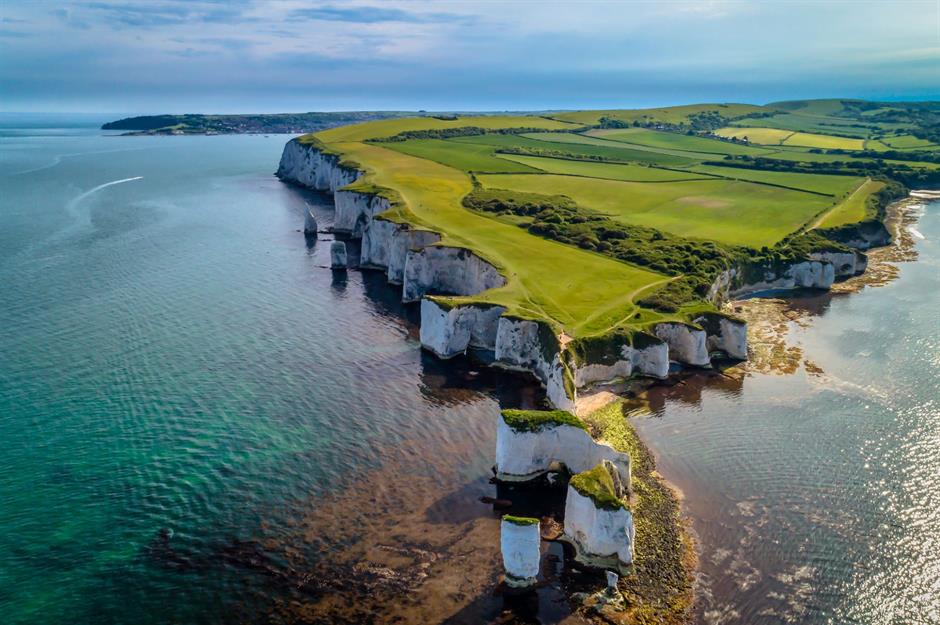
29. Melissani Cave, Greece
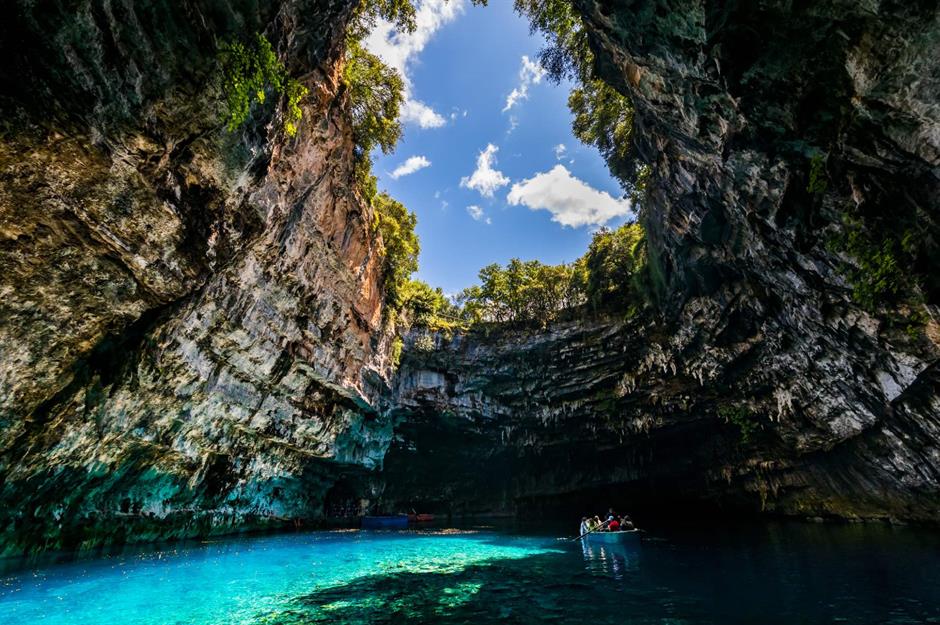
Illuminated by a shaft of sunlight, the water in Melissani Cave turns turquoise and radiant. Found on the Greek island of Kefalonia, the secluded lake here was in fact only revealed in 1951, when the roof of the existing cave fell in. You can still see spiky stalactites hanging up above. Today, those wishing to see it up close can hire a rowing boat to explore.
Love this? Follow us on Facebook for more travel inspiration
28. Jägala Waterfall, Estonia

By summer, the Jägala Waterfall drapes itself across the rocks like a fine, sheer curtain. By winter, its flowing waters freeze into pillar-like structures and otherworldly forms. Whatever the season, they’re spectacular. Located in the Jägala River’s lower course near Tallinn, the natural wonder is surrounded by several other points of interest. These include Estonia’s oldest medieval chapel and the country’s largest karst area.
27. Castelluccio di Norcia, Italy

The tiny Umbrian village of Castelluccio di Norcia, with a population of less than 100, wouldn’t appear on most tourists’ radars. But once a year (between May and July) it’s painted with a magical array of colours by a natural event, known as 'Fiorita' or 'Fioritura' (meaning 'flowering'). It’d be easy to assume this is a man-made affair. In fact, the wildflowers grow naturally alongside the region’s world-renowned Castelluccio lentils. They continue to thrive thanks to the absence of pesticides.
26. Durdle Door, England, UK
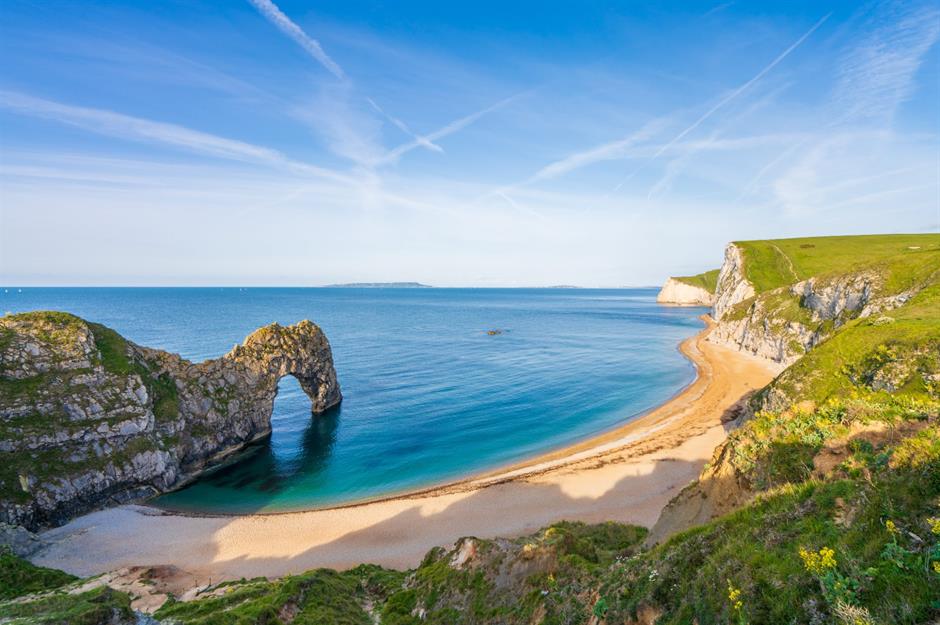
The name 'durdle' is derived from the Old English word 'thirl', which means drill or bore a hole in something. It’s a fitting moniker for this natural wonder. Found along Dorset’s Jurassic Coast, the limestone arch was formed by crashing waves over thousands of years and borders a crescent-shaped shingle beach. One day, nature will take its course and Durdle Door will collapse, but until then the sea arch will remain one of the most spectacular in the world.
25. Verdon Gorge, France
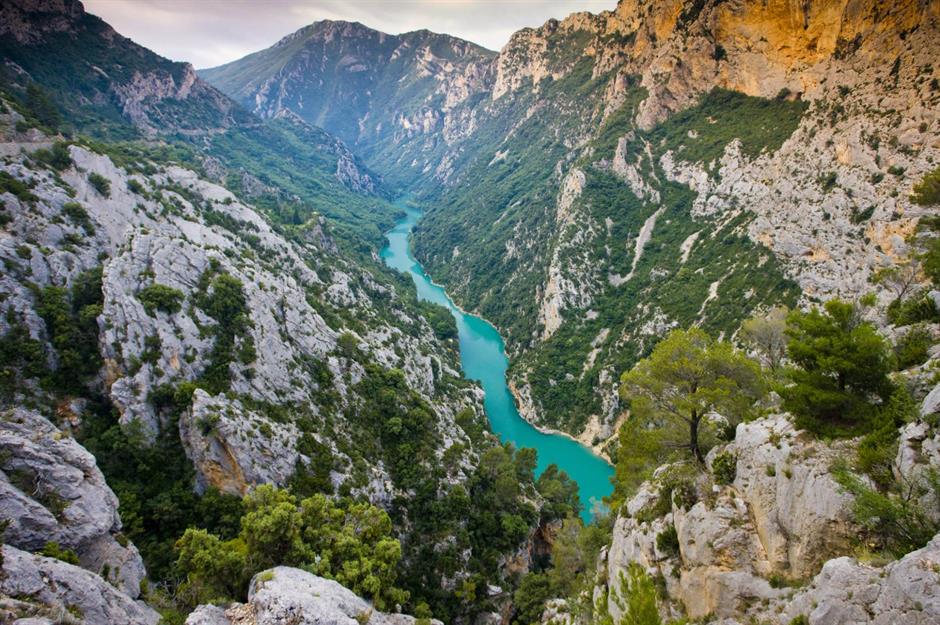
Shaped by the ethereally turquoise Verdon River – whose colour comes from glacial minerals in the water – the Verdon Gorge is Europe’s largest canyon with cliffs as high as 2,297 feet (700m). The southern French gem, snuggled between Castellane and Moustiers-Sainte-Marie, is a playground for thrill-seekers. White-water rafting, canoeing and climbing are all popular here, while daring souls can bungee jump off the Artuby Bridge, the highest bridge in Europe.
24. Snowdonia National Park, Wales, UK
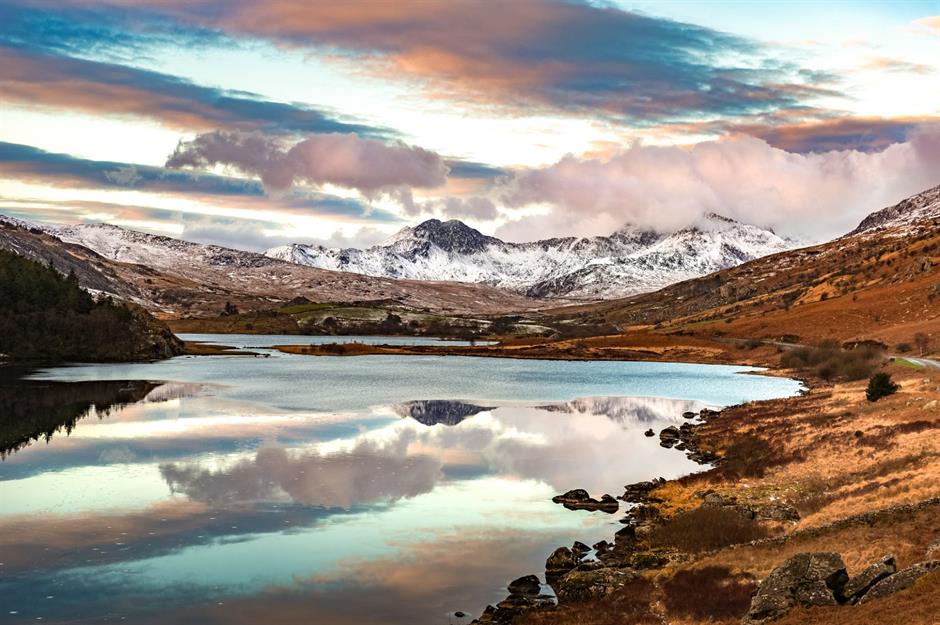
Many hikers and mountaineers long to trek up Snowdonia, the tallest mountain in Wales at 3,560 feet (1,085m). Offering remarkable panoramic views as far as the Lake District, Pembrokeshire and even Ireland on clear days, it’s certainly worth the challenging hike. But there are plenty of gorgeous sights all around the national park, including the dramatic landscapes of Cwm Idwal and plenty of cutesy villages around: Betws y Coed, Portmeirion, Dolgellau, Barmouth, Beddgelert.
23. Algarve, Portugal
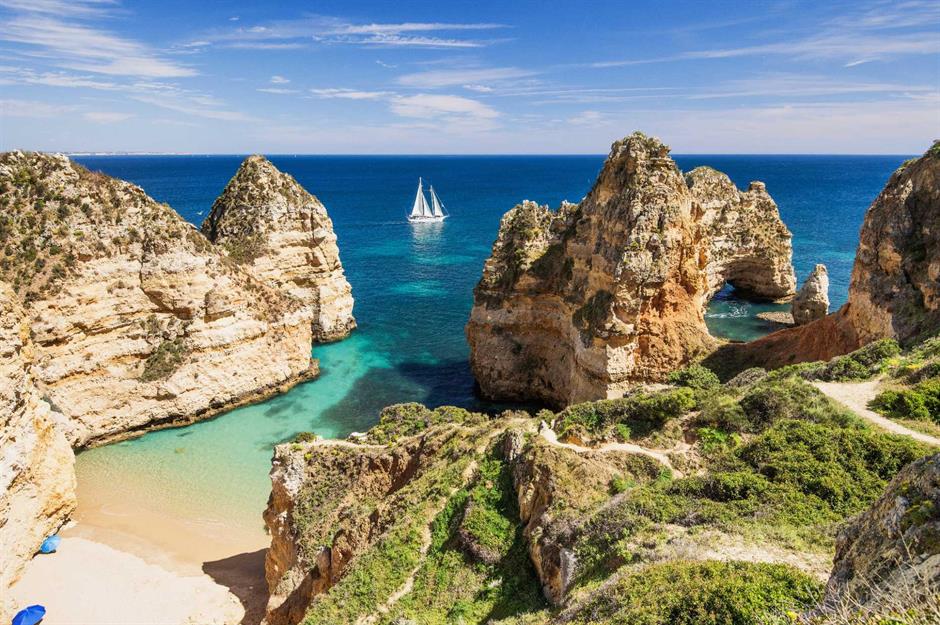
Beyond the bustling resorts there’s plenty of natural beauty to be found in the Algarve, Portugal’s southernmost stretch of coastline. Several natural parks provide a welcome retreat from the busy cities – the Ria de Alvor Nature Reserve is a particular highlight, with its secluded coves thronging with flocks of migrating birds and colourful wild flowers.
22. Cliffs of Moher, Ireland
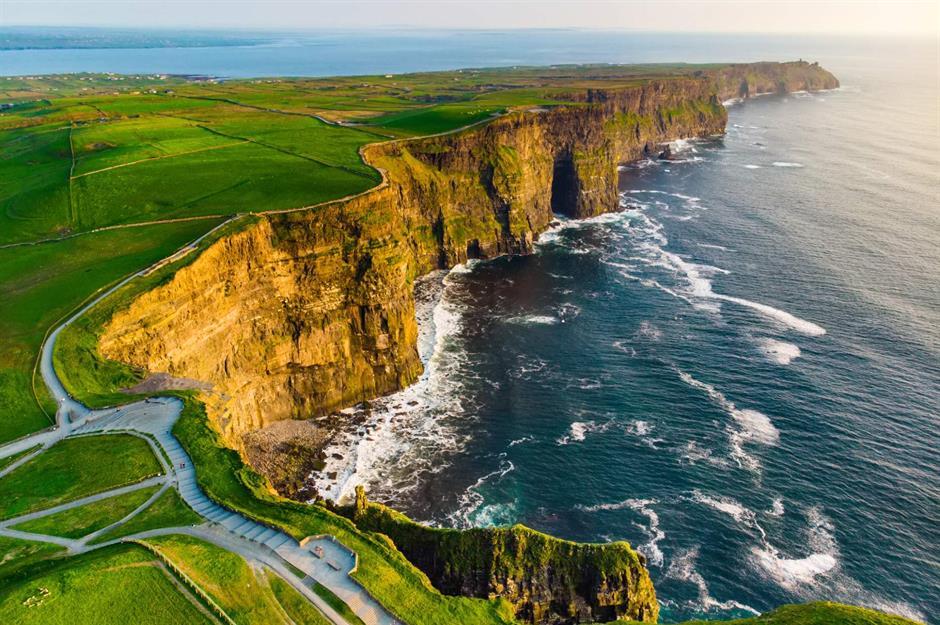
21. Plitvice Lakes National Park, Croatia
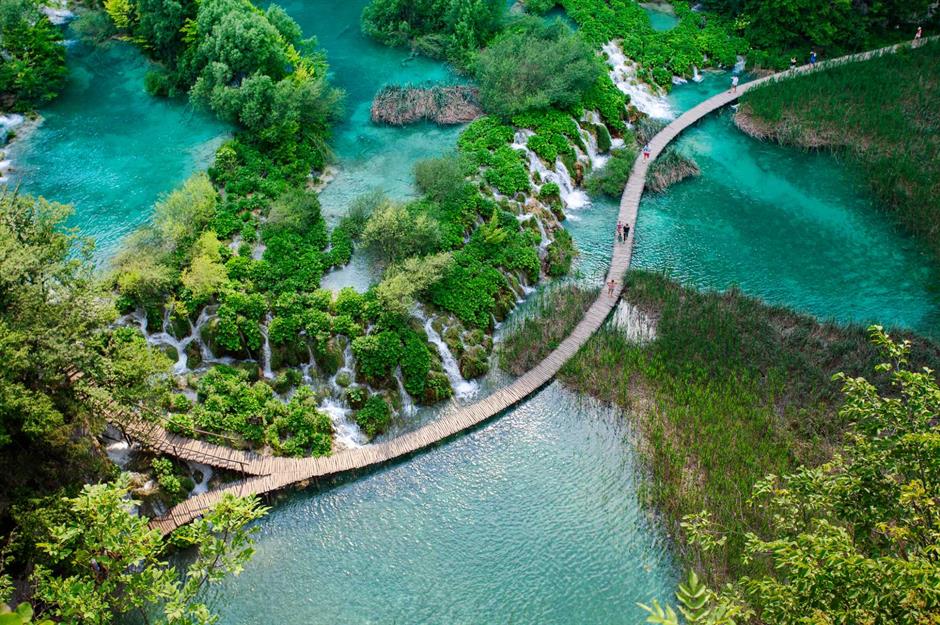
A patchwork of 16 jewel-toned lakes linked by gushing waterfalls and surrounded by forest, there’s a lot to take in at Plitvice Lakes National Park. Located in central Croatia, roughly halfway between Zagreb and Zadar, the 30,000-hectare national park is a haven for wildlife: bears, wolves, deer and many rare bird species can be seen here.
See incredible images from the Wildlife Photographer of the Year awards
20. Eisriesenwelt, Austria
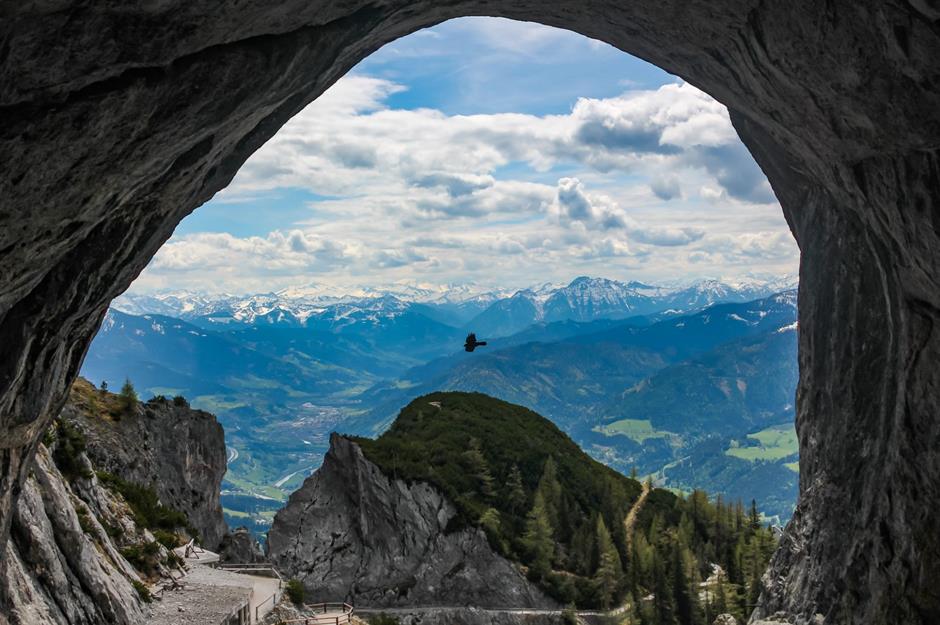
Resembling a window onto the panoramic Salzburg countryside, the entrance to Eisriesenwelt caves is as beautiful as what lies inside. Magically preserved in limestone cliffs, you’ll find some of the world’s largest ice caves, a veritable frozen kingdom encompassing some 323,000 square feet (30,000sqm). Travelling into them is like entering another world: you’ll have to ascend 700 steps in near-darkness, save for a few magnesium lamps, while tolerating freezing temperatures.
19. Scala dei Turchi, Sicily, Italy
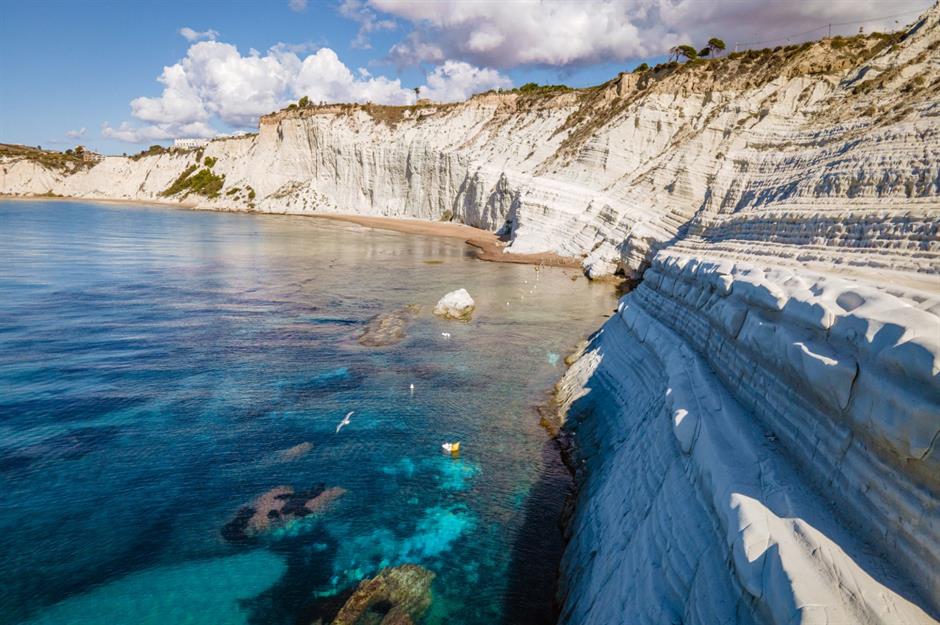
18. Durmitor National Park, Montenegro
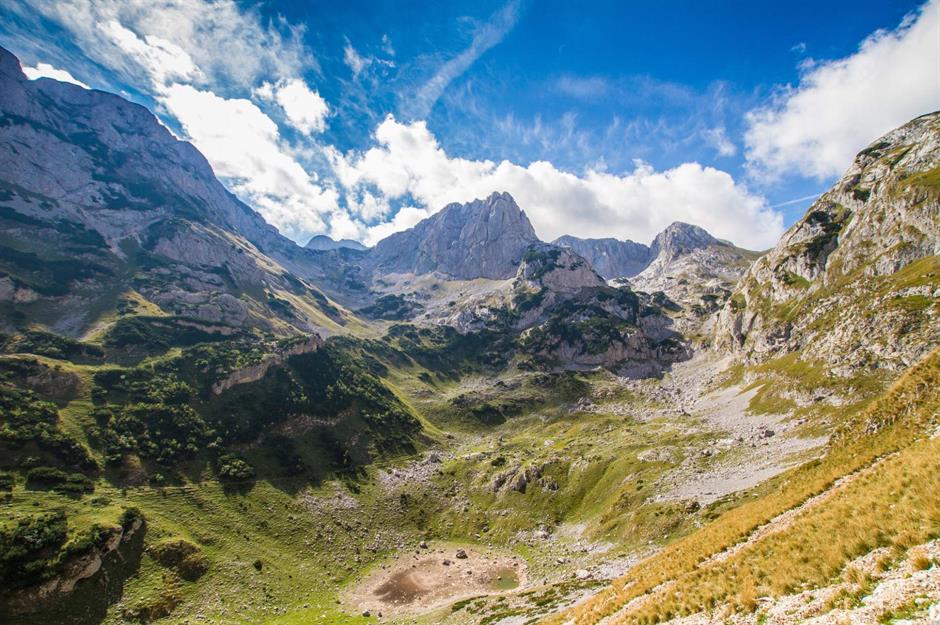
17. Lake Eibsee, Germany
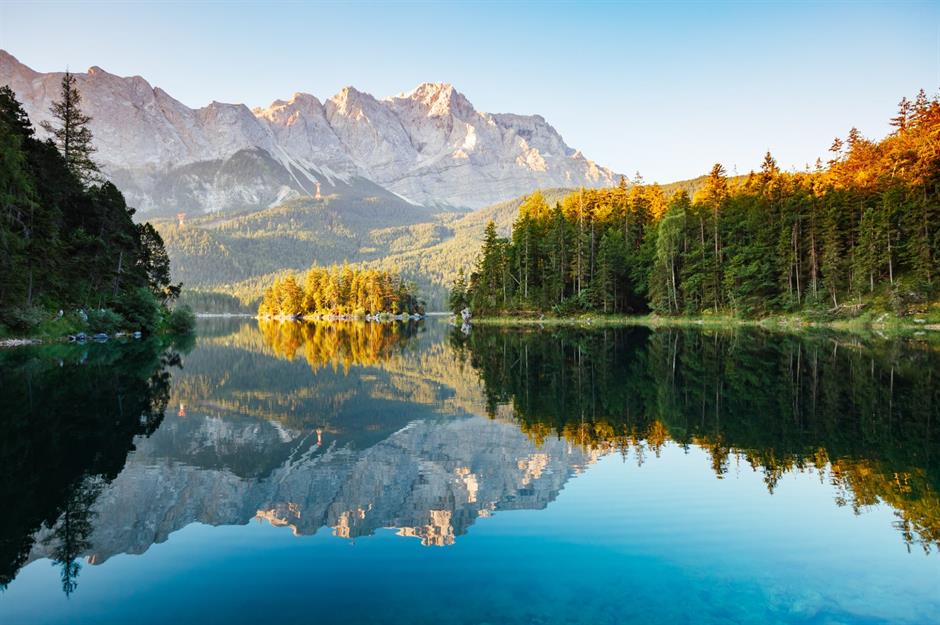
16. Las Médulas, Spain
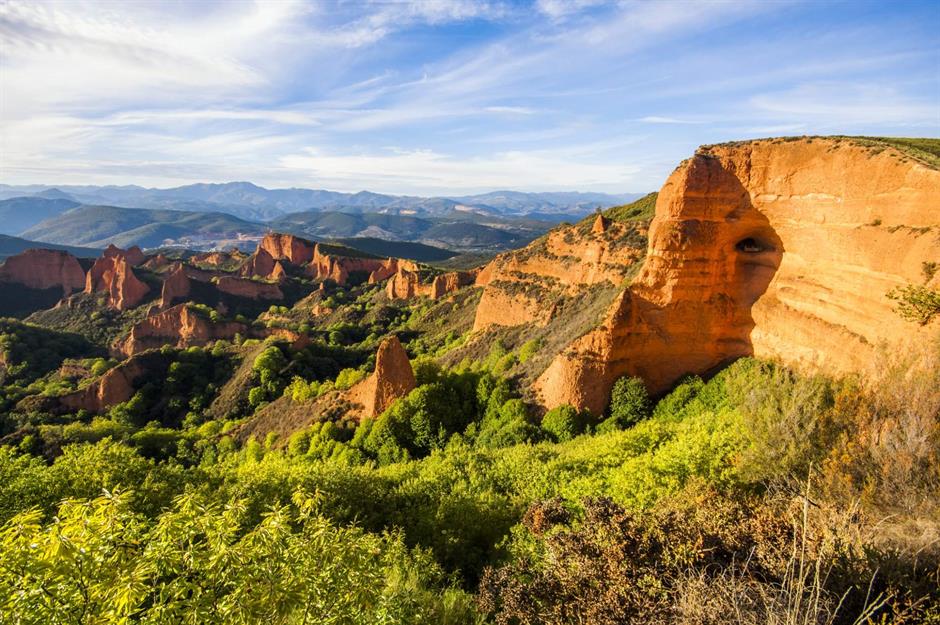
15. Soča River, Slovenia
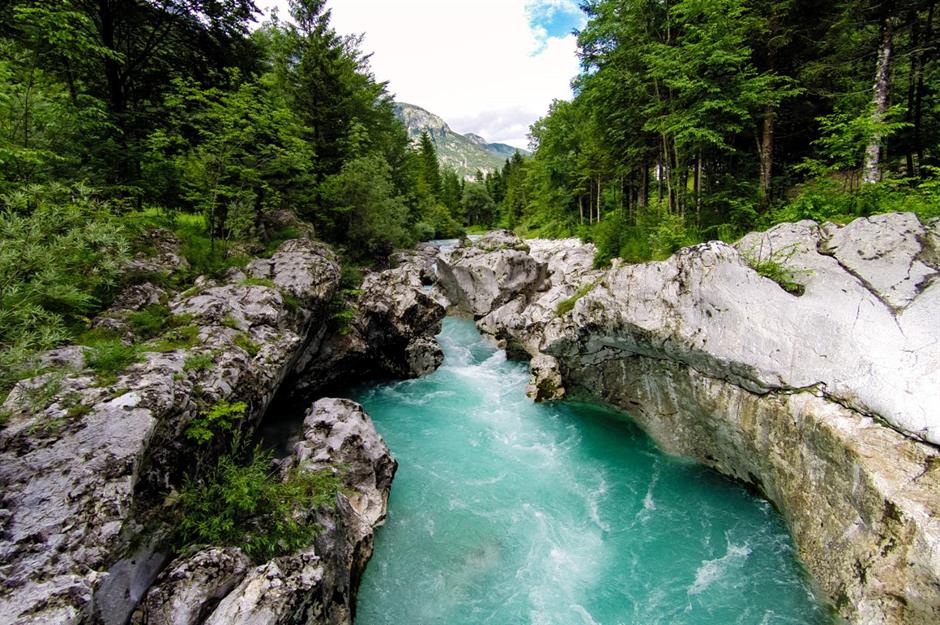
14. Preikestolen, Norway
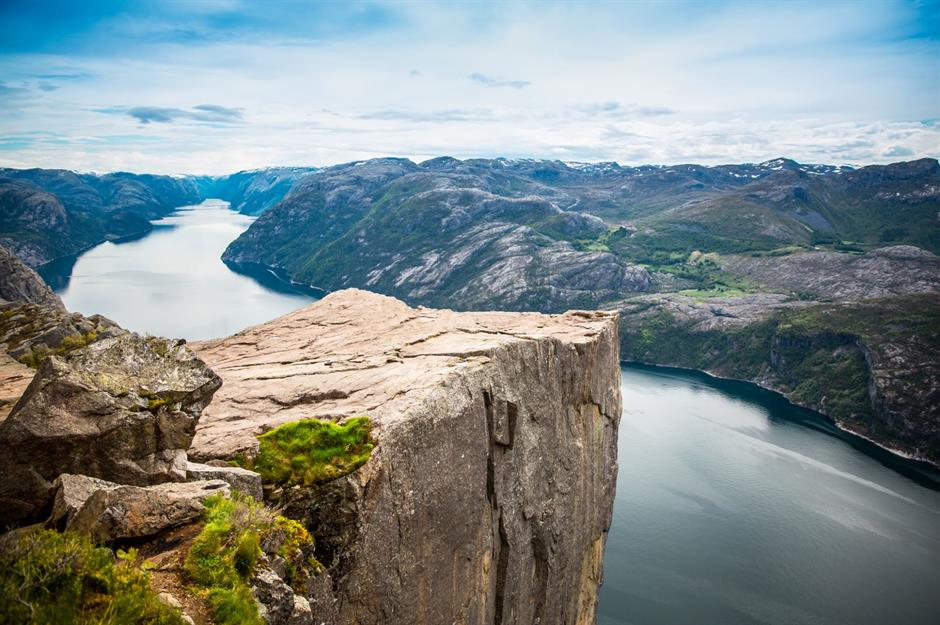
From the vantage point of Preikestolen, a 1,982-foot (604m) rock plinth over the Lysefjord, the word 'views' doesn't really do justice to all you can see. It’d be easy to spend hours here, gazing out at hulking mountains in the distance and the tranquil fjord below. Located in Ryfylke in western Norway, the striking natural platform is usually reached via a four to five-hour round trip hike, with an elevation gain of 1,148 feet (350m).
13. Seven Rila Lakes, Bulgaria
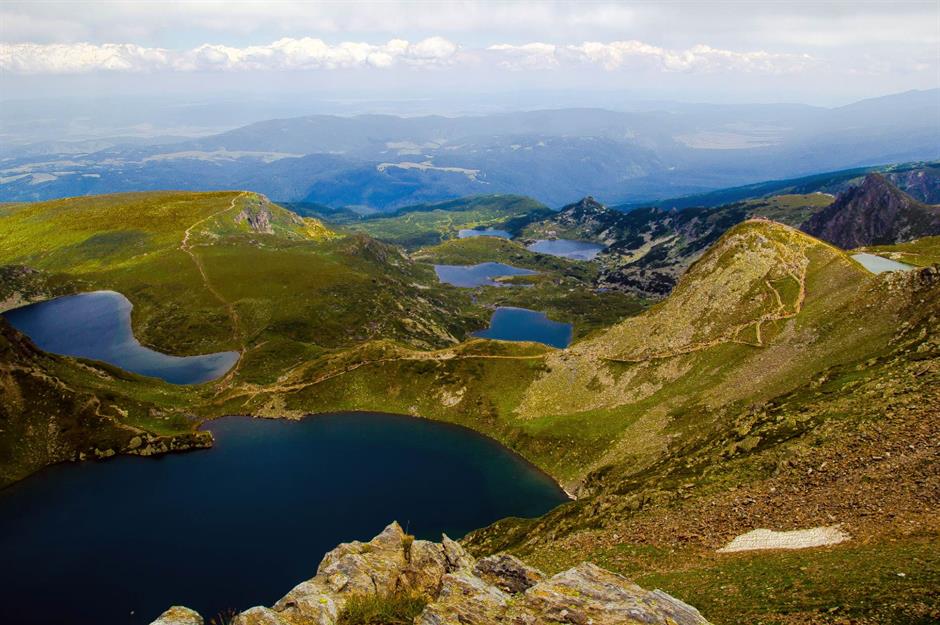
You get seven natural wonders for the price of one at Bulgaria’s gorgeous Seven Rila Lakes. Tucked in the northwestern Rila mountains, the glacial lakes each have their own distinct personalities. There’s Tear Lake, famed for its ultra-clear waters and high elevation; the ellipse-shaped Eye Lake, which turns electric blue in the sunlight; and the Twins, an hourglass-shaped pair of adjoining lakes.
12. Caves of Aggtelek Karst and Slovak Karst, Hungary/Slovakia
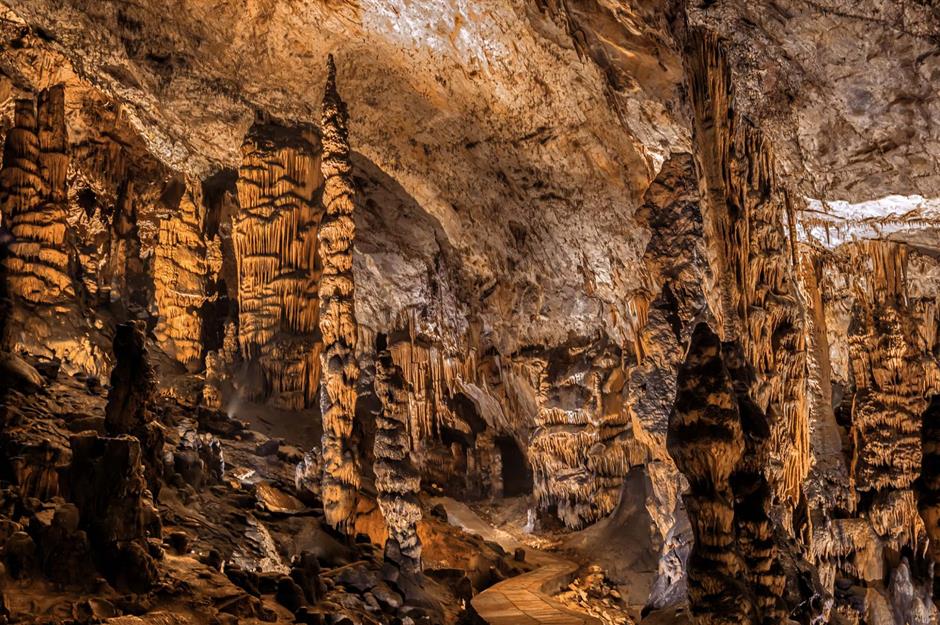
Straddling the Hungarian-Slovakian border is the largest stalactite cave system in Europe: the UNESCO-recognised Caves of Aggtelek Karst and Slovak Karst. As you’d expect, they’re filled with a mind-numbing array of stalactites (icicle-like formations hanging from the ceiling), as well as stalagmites (pillar-like formations emanating from the floor). Comprising over 1,000 known caves, connected by narrow chambers, this subterranean kingdom is nothing short of spectacular.
11. Dune of Pilat, France
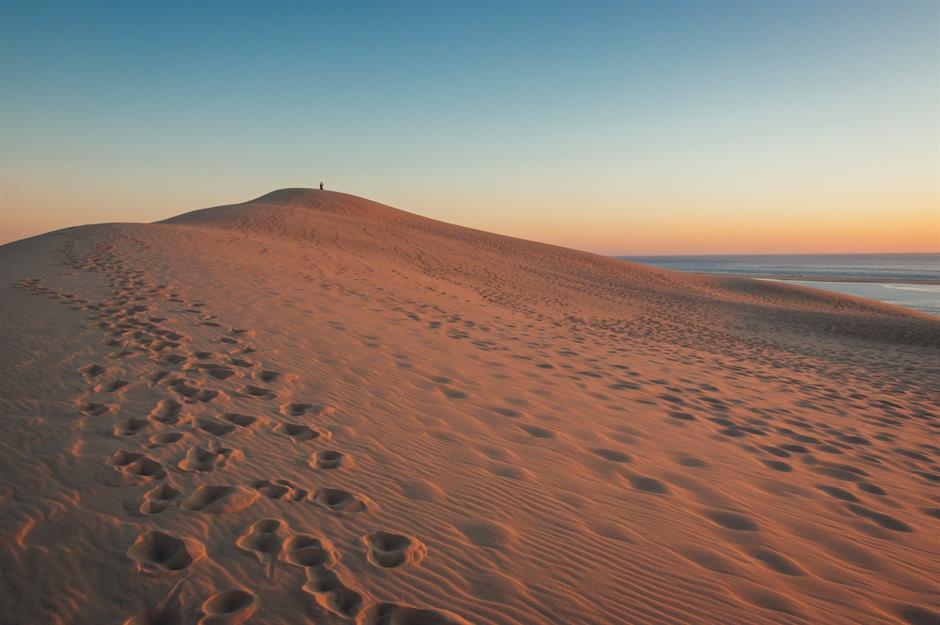
France’s Atlantic Coast is home to the largest sand dune in Europe, the Dune of Pilat. At more than 328 feet (100m) high and 9,500 feet (2,900m) long, the enormous mound also offers an ideal location for gazing out at stunning views. On one side, you’ll find a thick pine forest while on the other, the Atlantic Ocean and the glimmering headland of Le Cap-Ferret meet the eye. Enjoy it while you can. Between 2017 and 2020, the dune retreated by 13 feet (3.9m) due to heavy winds. It looks set to continue changing shape in the years to come, and faces an uncertain future.
10. Bastei, Germany
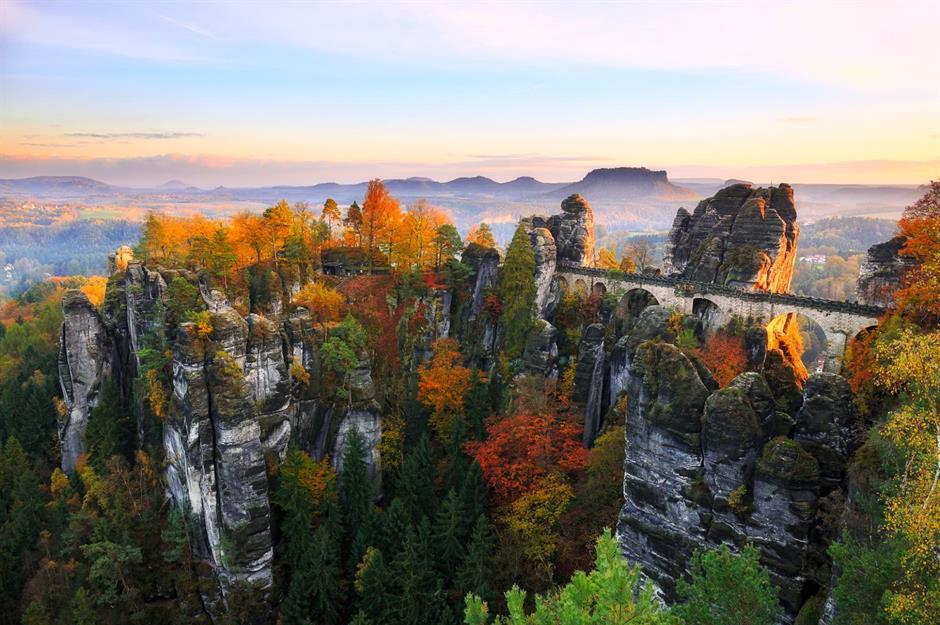
The vertiginous stone pillars of Bastei, in Germany’s Saxon Switzerland National Park, look almost as if they were custom-made to support this sandstone bridge. It’s all pure coincidence, of course, as the bridge was built in 1851 while the rocks have stood proud for thousands of years. Regardless, the enchanting rocky landscape, surrounded by dense forests and overlooking the River Elbe, is a sight to behold.
9. Lapland, Finland
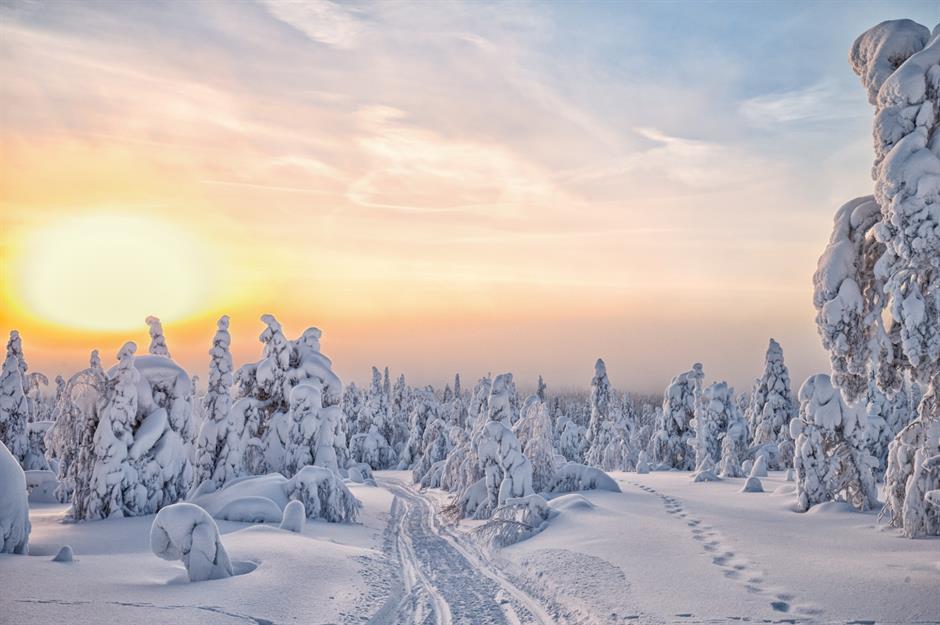
8. Greater Caucasus Mountains, Georgia
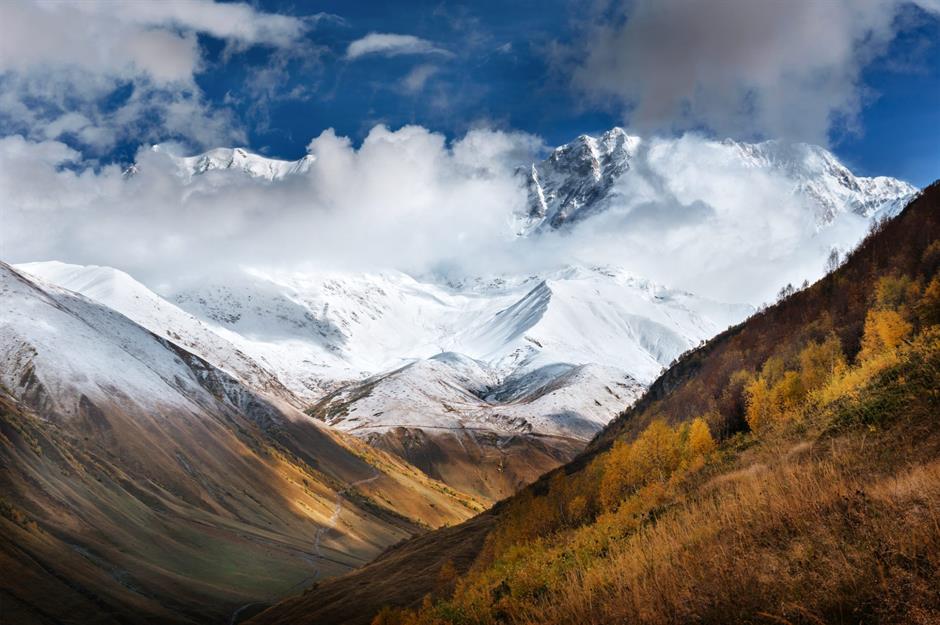
7. Las Salinas de Torrevieja, Spain
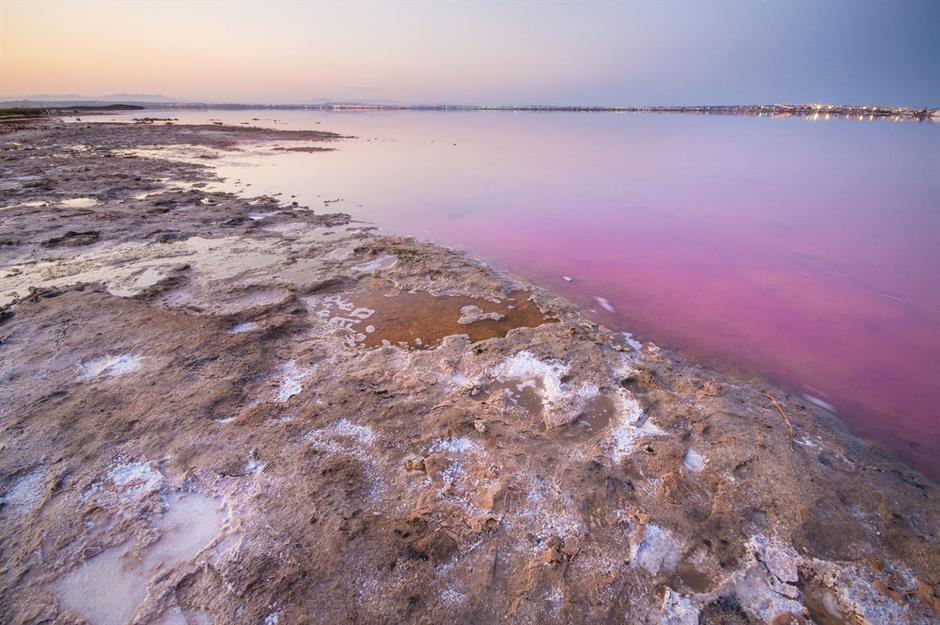
6. Giant’s Causeway, Northern Ireland, UK
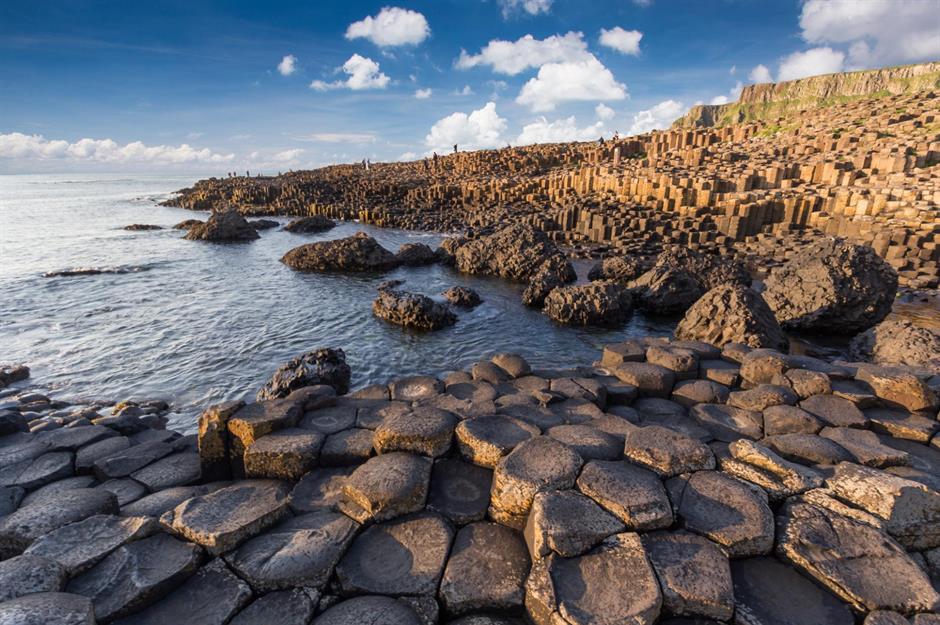
Nowhere on Earth is quite like the Giant’s Causeway. With 40,000 interlocking, polygonal columns of black basalt rock which look like stepping stones, this unique natural wonder was created by volcanic activity some 60 million years ago. Or, if you’re privy to legends, the Irish giant Finn McCool built the causeway to flee his enemy, Scottish giant Benandonner. Today, the UNESCO World Heritage Site attracts visitors from all over the world, looking to tread in the footsteps of giants and take in the beauty of Northern Ireland’s Antrim Coast.
5. Black Forest, Germany
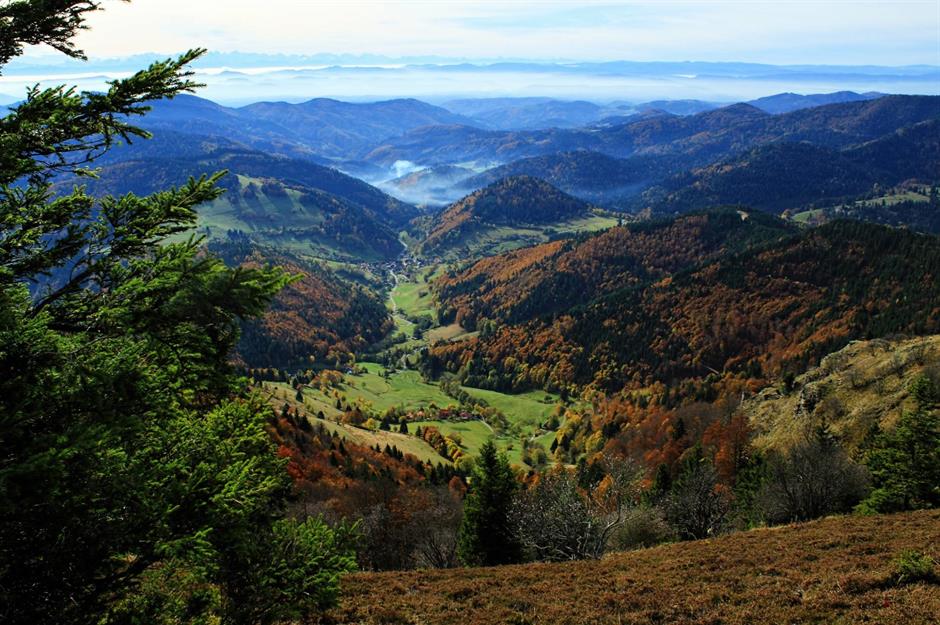
4. Matterhorn, Switzerland/Italy
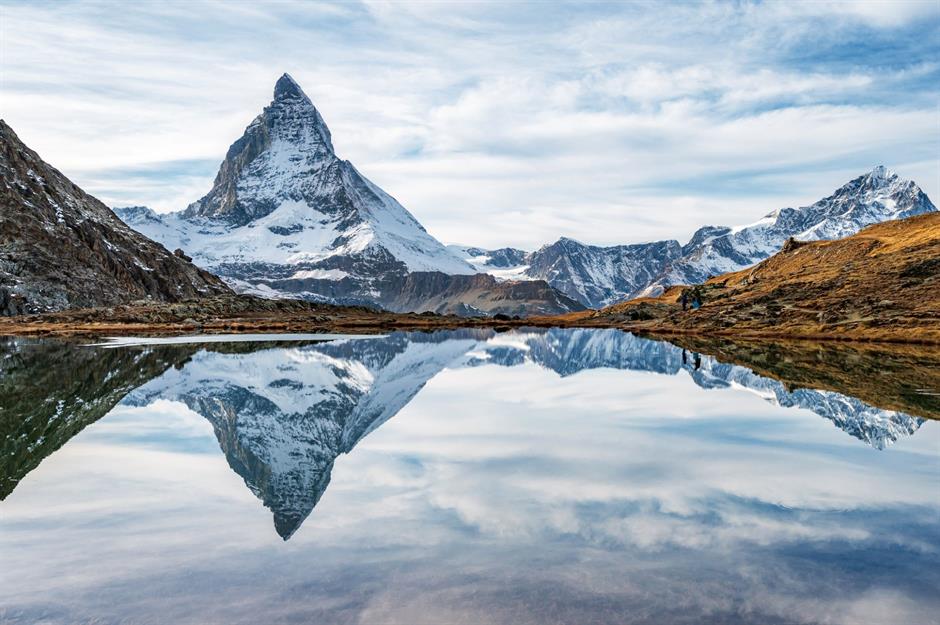
3. Lofoten Islands, Norway
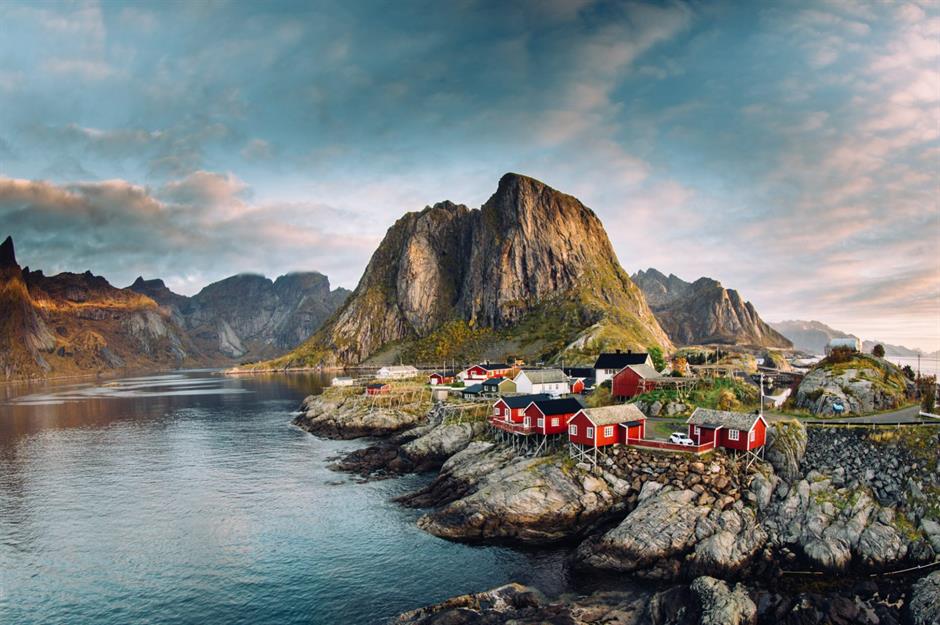
Dramatic Arctic landscapes abound in Norway’s Lofoten Islands. A far-flung archipelago in the Norwegian Sea, the most recognisable place on the islands is probably the fishing village of Hamnøy, pictured, whose red-painted houses perch daintily on the rocks. Yet there’s stunning scenery to be found at every turn, from steep fjords to rugged beaches. It’s also one of the best places in the world to catch the Northern Lights.
2. Vatnajökull, Iceland
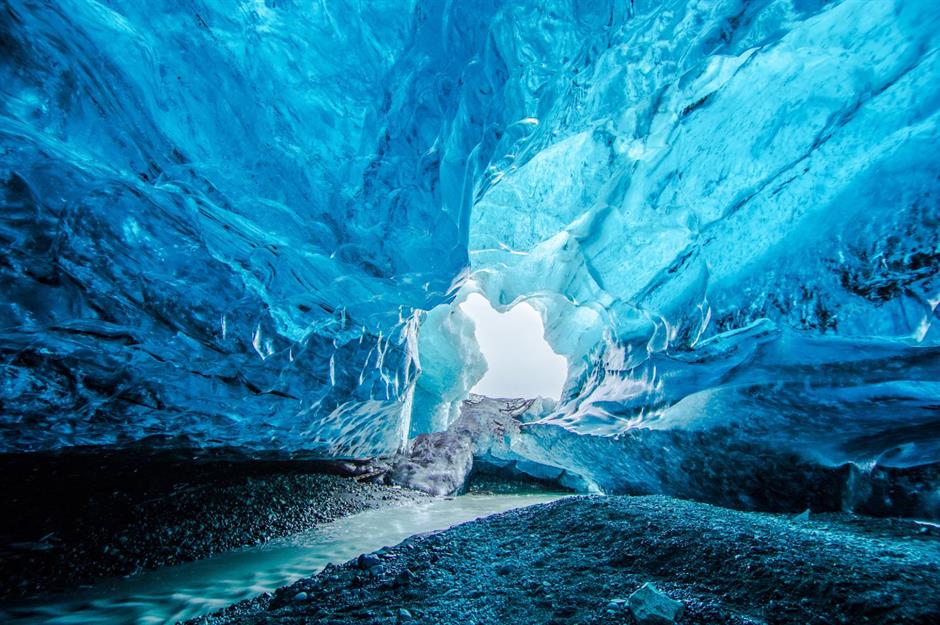
Europe’s largest glacier, Vatnajökull covers a large part of Iceland’s southeastern coast. The frozen landscape is a world of its own, encompassing deep blue caves, canyons, glacial rivers and lagoons filled with icebergs. There’s even Iceland’s tallest peak, the 7,218-foot (2,200m) Hvannadalshnjúkur, as well as myriad active volcanoes, concealed beneath the ice.
1. Dolomites, Italy
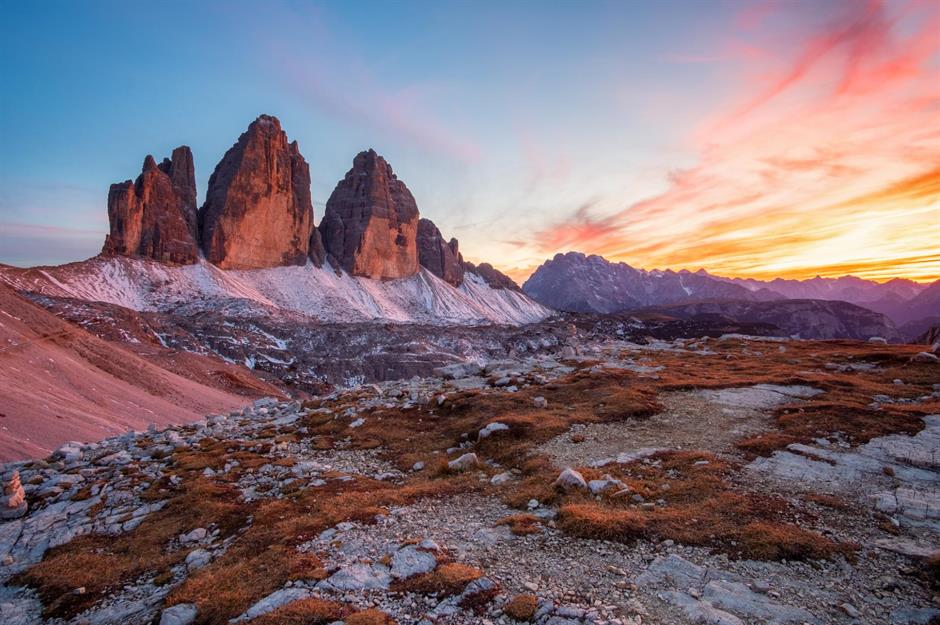
The jagged fingers of rock in the Dolomites look like they were hewn out of the earth with an axe. Situated in the eastern part of the Northern Italian Alps, the dolomitic limestone peaks were actually carved into their dramatic shapes by erosion, which continues to shape the region today – landslides, avalanches and floods are all common here. With 18 peaks reaching more than 10,000 feet (3,050m), the mountain range continues to inspire. If you ask us, nature spots in Europe don't get any better than this.
Comments
Be the first to comment
Do you want to comment on this article? You need to be signed in for this feature